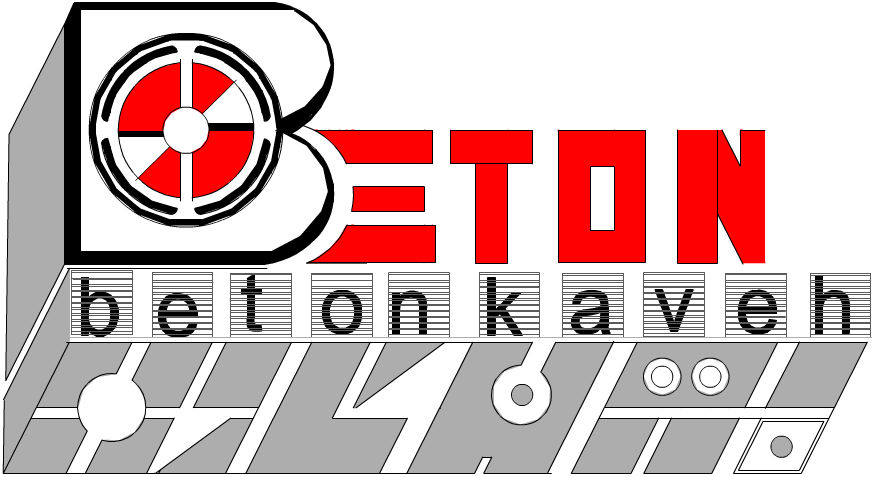When Queen Victorias consort, Prince Albert, decided to hold the first worlds fair to show off Englands industrial might,it was not ossible to construct an ordinary building in the allotted time. Only a prefabricated shell would do, and that is what Paxton delivered. Sir Joseph Paxton was not an architect but a horticulturist and builder of greenhouse. In six months, identical modular cast-iron columns and beams were manufactured, shipped to Hyde Park, and mounted with standardized panes.
From prefabrication followed the concept of building in sub-assemblies, as showcased by Walter Gropius in his Törten estate; Konrad Wachsmann took this notion further into modularization and mass production with the creation of factory-produced panel and space frame systems.
Whether you are using precast concrete for commercial buildings, residential projects or any other type of construction, there are inherent benefits and value enhancements. Precast does have lots of advantages:
-Since precast is manufactured in a controlled casting environment it is easier to control the mix, placement, and curing
-Quality can be controlled and monitored much more easily
-Since a precaster can buy materials for multiple projects, quantity discounts can lower costs
-Weather is eliminated as a factor-you can cast in any weather and get the same results, which allows you to perfect mixes and methods
-Less labor is required and that labor can be less skilled
-Repeatability, it's easy to make many copies of the same precast product; by maximizing repetition, you can get plenty of value from a mold and a set-up
-Accelerated curing, by heating the precast parts, greatly increases strength gain, reducing the time between casting the part and putting it into service
-With the ability to so tightly control the process, from materials to consolidation to curing, you can get extremely durable concrete



